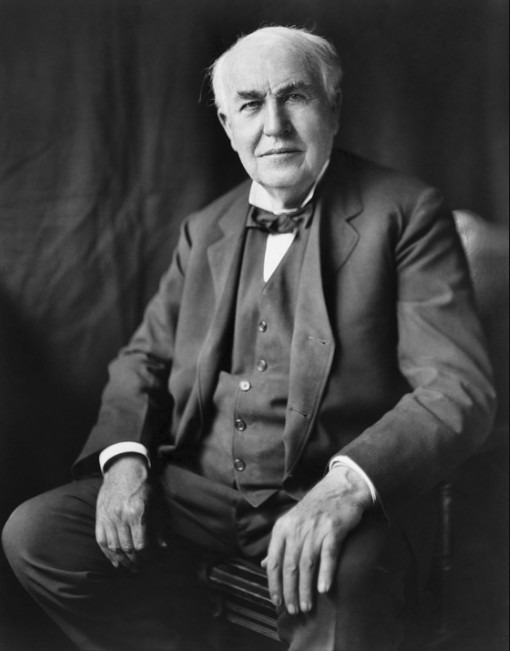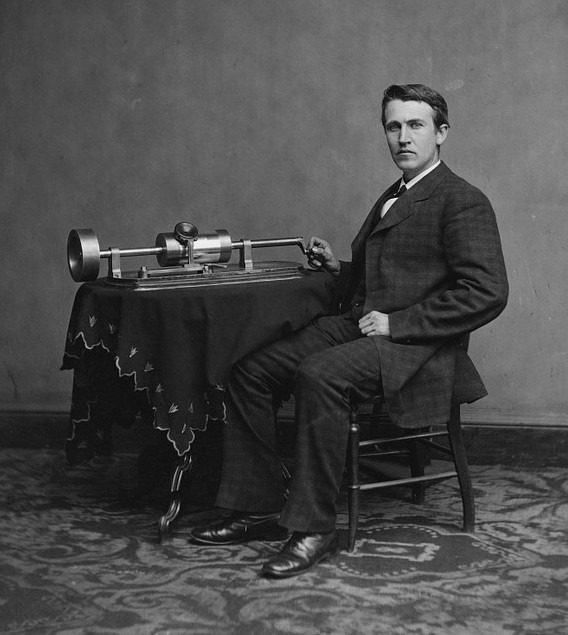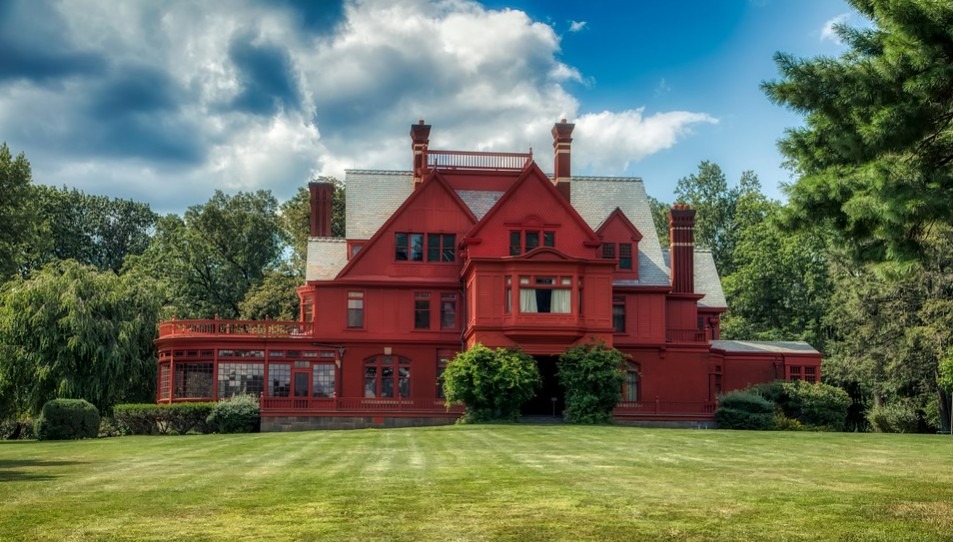Today, we live in a world that is bright and luminous, no matter if it’s day or dark. It’s all because of the electric lights we have in our homes, offices, and streets. It all started with the invention of the incandescent light bulb that changed the world forever. This was one of the many contributions of Thomas Edison.
Who is Thomas Edison?
Thomas Edison was an inventor and innovator who not just developed the idea of electric lightning but also improved it to make it economically achievable so that no one lives in the dark anymore. He is one of the most popular and great inventors of all time who is responsible for a lot of incredible changes in the world by his inventions. He is also credited for developing the world’s first industrial research laboratory.
Due to his extraordinary and outstanding works in science, he was titled the “Wizard of Menlo Park.” Edison struggled a lot from a very young age but still managed to become one of the world’s most famous men in his 30s. Keeping all his inventions aside, Edison was much more than a regular inventor. He was a businessman and a smart man who knew exactly how to sell his products and present himself in public.
Life of Young Edison
Thomas Alva Edison came into this world on February 11, 1847, in a small town in Milan, Ohio. He belonged to a modest family and was the youngest of seven children of Samuel Edison Jr. and Nancy Elliott Edison. His father worked as a political worker in Canada, and his mother was a teacher at a school from which he received most of his early education.
He attended school for a short period of three months as his teacher concluded that he has a mental problem that makes him incapable of learning. But young Edison was far more capable and smarter than his teacher thought him to be. He read books, taught himself, and did several experiments to learn new things.
At a very young age, he developed an ear infection and got seriously ill, which caused him difficulty hearing.
When Edison was only 10 years old, he created a small chemical laboratory of his own where he learned several things by experimenting with different chemicals and even electricity. At the age of 12, after he left school for good, he started to sell the newspaper on a train to earn money and sold candies on the Grand Trunk Railroad. He assembled a telegraph machine, studied its functions, and shortly learned to send and receive telegraph messages.
At the age of 15, young Edison began to work as a telegraph operator, where he learned a lot about electrical science and went on to perform experiments involving electricity. After spending a couple of years working in telegraph offices, Edison arrived in Boston around 1868, where he developed a vote recorder which was not one of his successful inventions.
Edison’s Early Inventions
At the age of 22, Edison requested the US government to offer legal protection for his first invention, which he labeled as an Electrographic Vote Recorder for which he received his first patent. After a few months, he was approached by the Western Union Telegraph Company, who asked him to bring improvements to one of their devices called a stock printer. Edison used his expertise to brilliantly modify the device for which he received a hefty amount of $40,000.
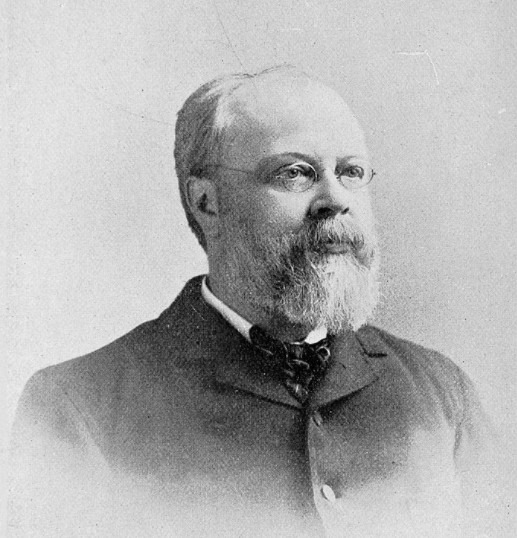
Role of Edison’s Mother in his Life
Thomas Edison always considered his mother to be his biggest supporter and admirer. She was always there for him and never gave up on him, even when everybody else did. On April 9, 1871, Edison’s mother passed away. Nancy Edison was a strong and wise woman who had a huge role and impact on her son’s life. She detected little Edison’s inner genius when he was just a little boy. When she saw that none of Thomas’s teachers were able to understand him or guide him in the right way, she took charge and got her little boy out of school.
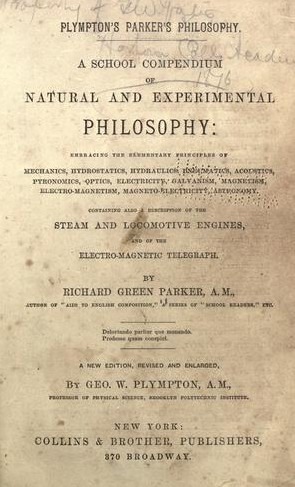
There were a lot of people who questioned her decisions and methods to treat and train young Edison, but she never listened to anyone and only believed in doing what’s best for her little boy. She always trusted Edison and treated him gently and with love, which turned a young, average boy into Thomas Alva Edison.
Edison’s Personal Life
Soon after his mother’s demise, Edison developed a romantic relationship with a 16-year-old employee at his company named Mary Stilwell. A few months later, Thomas and Mary got married on Christmas of 1871. About two years after the marriage, Mary gave birth to their beautiful child, Marion Estelle Edison, in February 1873 and later birthed a son, Thomas Alva Edison Jr., in January 1876. In October 1878, their third child, William Leslie Edison, was born. Edison used to call his two elder kids by the names Dot and Dash, which are telegraphic terms.
Edison and Mary’s marriage was out of love but was still not a happy one, mainly due to Edison’s madness for his work. He spent most of his time in his laboratory with his colleagues and did not pay much attention to his wife as she had little interest in his work and did not understand a lot about it. Even on his wedding day, Edison went back to his laboratory after the ceremony ended to work on the stock ticker and worked on it the whole night, forgetting about his newlywed bride. Unfortunately, Mary’s health conditions were not favorable and kept getting worse until August 9, 1884, when she passed away at the young age of 29.
After Mary’s death, Edison met Mina Miller, daughter of a millionaire inventor, at Ezra Gilliland’s house. He fell in love with her and proposed to her by teaching her Morse code, to which she responded with a “yes.” They got married on February 24, 1886. By the time they met each other, Edison was already a known scientist. Mina was more educated and knowledgeable than Edison’s deceased wife.
Now, the 20 years old Mina was not just the wife of Edison but was also looking after her three stepchildren. With Mina, Edison had three children as well, Madeleine Edison, born in May 1888, Theodore Miller Edison, born in July 1898, and Charles Edison, born in August 1890.
The Big Inventions
1. Quadruplex Telegraph
In 1874, Edison started to develop the quadruplex telegraph for Western Union. This was an exceptional invention of that era as it was capable of transmitting two signals in two different directions through the same wire. After testing the device successfully on the company’s lines between Boston and New York, Edison decided to sell it to Western Union. However, Jay Gould, the owner of the Southern and Atlantic Telegraph Co., snatched the invention from Western Union and paid Edison more than $100,000. This gave rise to an extensive legal battle between the two.
2. Phonograph
After moving his developing operations to Menlo Park, New Jersey, and building an independent industrial research facility in 1876, Edison developed a phonograph in 1877. This was an instrument for recording sound and was composed of tin-coated cylinders and two needles, one of which was used for recording sound and the other for playback. The first words he spoke in the phonograph were “Mary had a little lamb.”
3. Light Bulb
Edison’s next great invention was the electric light. Even though the concept of electric lighting was not a fresh one and a couple of scientists had already tried their hand at it, none of them could prepare a practical form of electric light that could be used in homes. In October 1879, Edison came up with a bulb that used a platinum filament that was later replaced by carbonized bamboo, which proved to be a more long-lasting and affordable form of the original light bulb.
With his new invention reaching the sky, Edison was now playing in the pool of fame and wealth as electricity circulated worldwide.
Death of the Genius
Thomas Edison died in West Orange, on October 18, 1931, at the age of 84. He was surrounded by his family at his family home at Glenmont, New Jersey, at his death. His death was a huge shock and great sorrow for many people.
After Edison’s demise, his coffin was placed in the laboratory library for two days so that people can see the Great Thomas Edison one last time, and around 40,000 people came to pay their respects in one day.
On his death, many communities and organizations around the world dimmed their lights briefly in his honor and as a token of respect and gratitude.
Conclusion
Thomas Alva Edison may have died a long time ago, but he still lives among us through all the beautiful and magnificent things he created. In every part of the world, there are traces of his existence that shine through his inventions. The tremendous ways in which his creations have been benefiting us for years is remarkable, and that’s when you realize that he was named as the wizard for a reason.
Edison did not just help us with his inventions but also with his life and legacy. His journey from rags to riches is so inspiring and valuable as it gives us a different view of life. Even after losing his hearing, missing a chance to study in school, being looked down upon by everyone around him, he still got up and fought for what he believed in. He believed in himself and showed the world what he’s really capable of. Today, there are more than 1,000 patents registered in his name. That’s what he got for believing in himself and never giving up.

